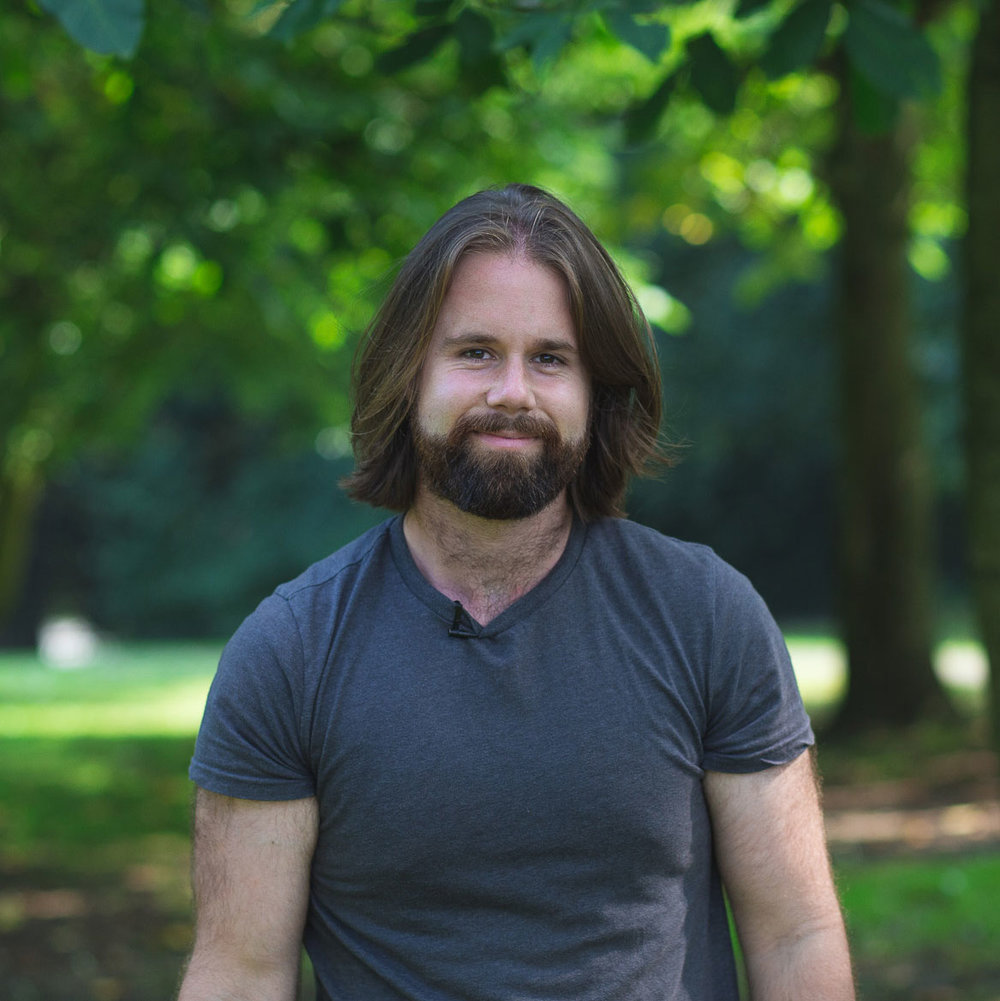Photoshop vs Photoshop Elements
Photoshop vs Photoshop Elements, which is best? We pit Adobe's heavyweight pro photo editor against its amateur equivalent
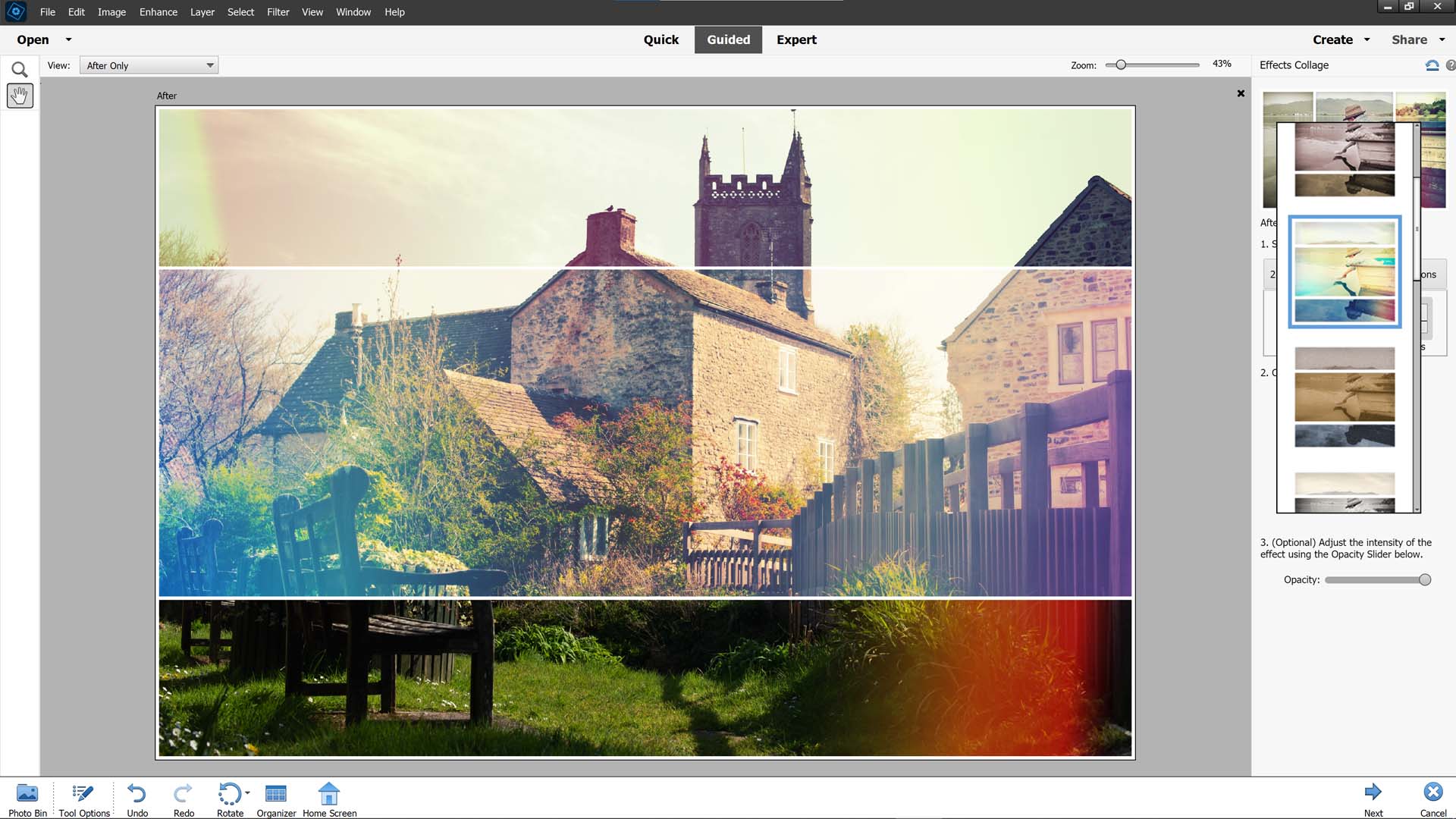
Adobe Photoshop is one of the best known image editing programs in the world and is a powerful resource for photo editing and manipulation. But there are in fact two versions of Photoshop: Photoshop (formerly called Photoshop CC) and Photoshop Elements. They differ greatly in layout and operation, with different tools, features, and extra available online content to help create imagery.
Depending on who you are and what you need, Photoshop may not be the best. In order to help choose, we’ll go through some of the key features that differentiate the two programs below.
We’ll take into account the experience level of potential users and whether you’ll be paying a subscription or will own the product outright. There’ll also be comparisons between raw file processing abilities and how effective the editors are at guiding you through edits to develop your images with the aid of visual prompts and useful tutorials.
1. How much experience do you need?
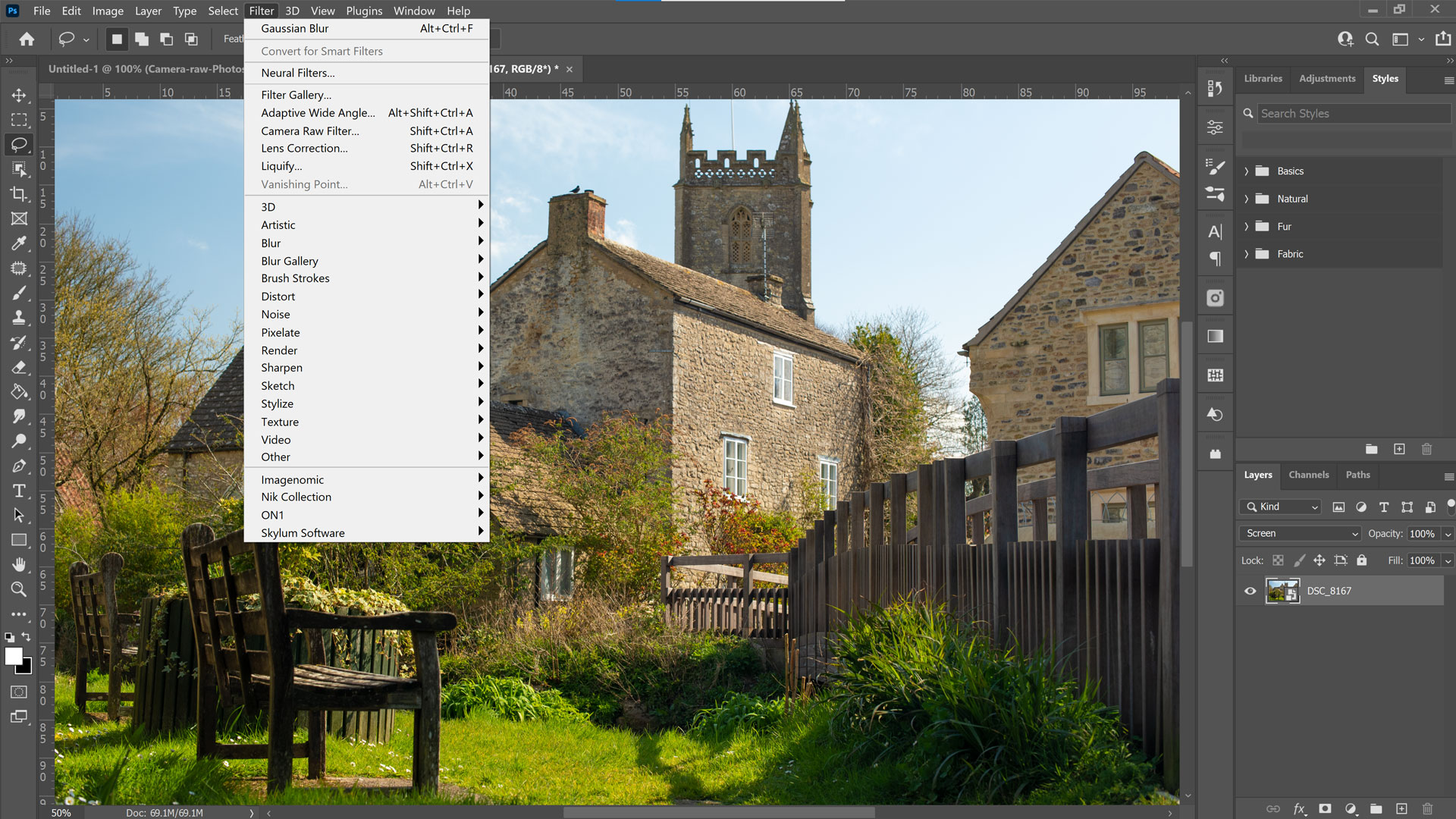
Designed for beginners, Photoshop Elements is really more of an entry-level image editing program than a fully fledged professional editing tool. For those who plan to capture lots of photos and want a simple, automated way of processing images with minimal technical knowledge, Elements is a good bet. It has plenty of presets, templates, and a helpful Guided Edit option for those still new to image editing, and also makes it simple to print or share your photos online with extra graphics laid on top.
Photoshop sits at the other end of the editing spectrum, ideal for experienced or professional users, though beginners will be able to operate it as well. There are few restrictions in its capabilities and is just as suitable for professional photographers and retouchers as it is for graphic designers, artists, or 3D animators.
There are a few helpful hints and tips in Photoshop when you first open the software, with animated pop-up boxes appearing whenever the cursor hovers over a tool to show how it works, but nothing like the guided edit options of Elements.
Though Photoshop’s interface is clutter-free and neatly organised, there are so many tools, filters and features that it’ll take a while for new users to become confident using all it has to offer, but the flip side is that Photoshop can do almost anything you need.
2. Subscription vs single payment
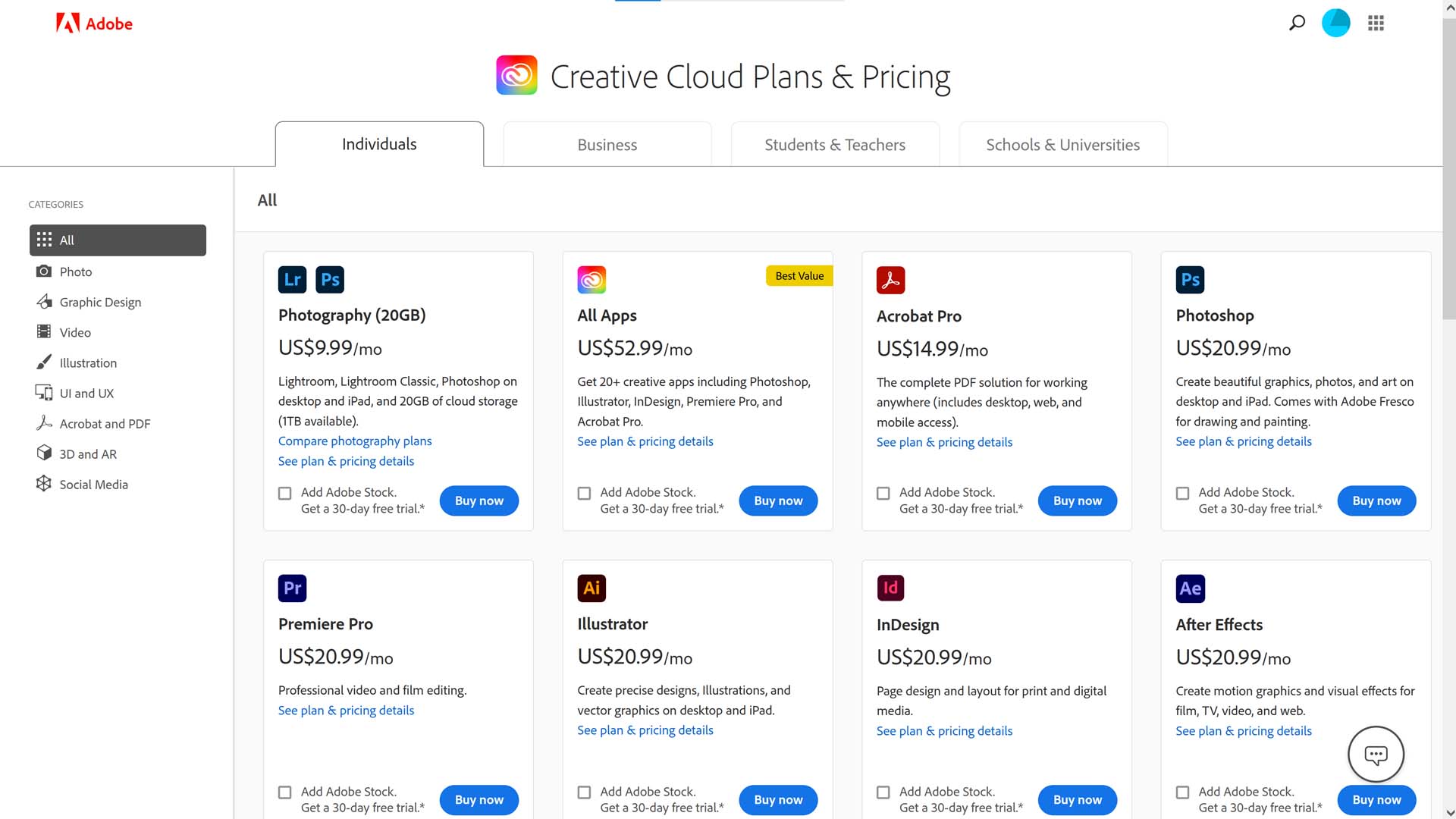
While subscriptions can mean a much smaller initial outlay, owning a product license outright can be more comforting to many. Photoshop Elements is available for a one-time purchase. There’s a 30 day free trial and the cost is currently just $99USD/£86.56 which you can upgrade to after the free trial expires without needing to download it again. Alternatively, you can purchase Photoshop Elements in a bundle with Premiere Elements, Adobe’s entry-level video editor for $149.99USD/£130.36.
However, to upgrade to future versions of Photoshop Elements (they are typically issued every year) you will need to pay again, although a reduced 'upgrade' price.
Photoshop, on the other hand is a subscription-only model. The advantage of running a subscription is that it’s cheaper on start-up. However, bear in mind that Adobe's Photography Plans, which are by far the cheapest way to get Photoshop, are annual agreements, even though you pay monthly.
With a Photography Plan subscription, you’ll get continual upgrades for free throughout the subscription and any new features or tools added will also be available.
3. Raw image processing
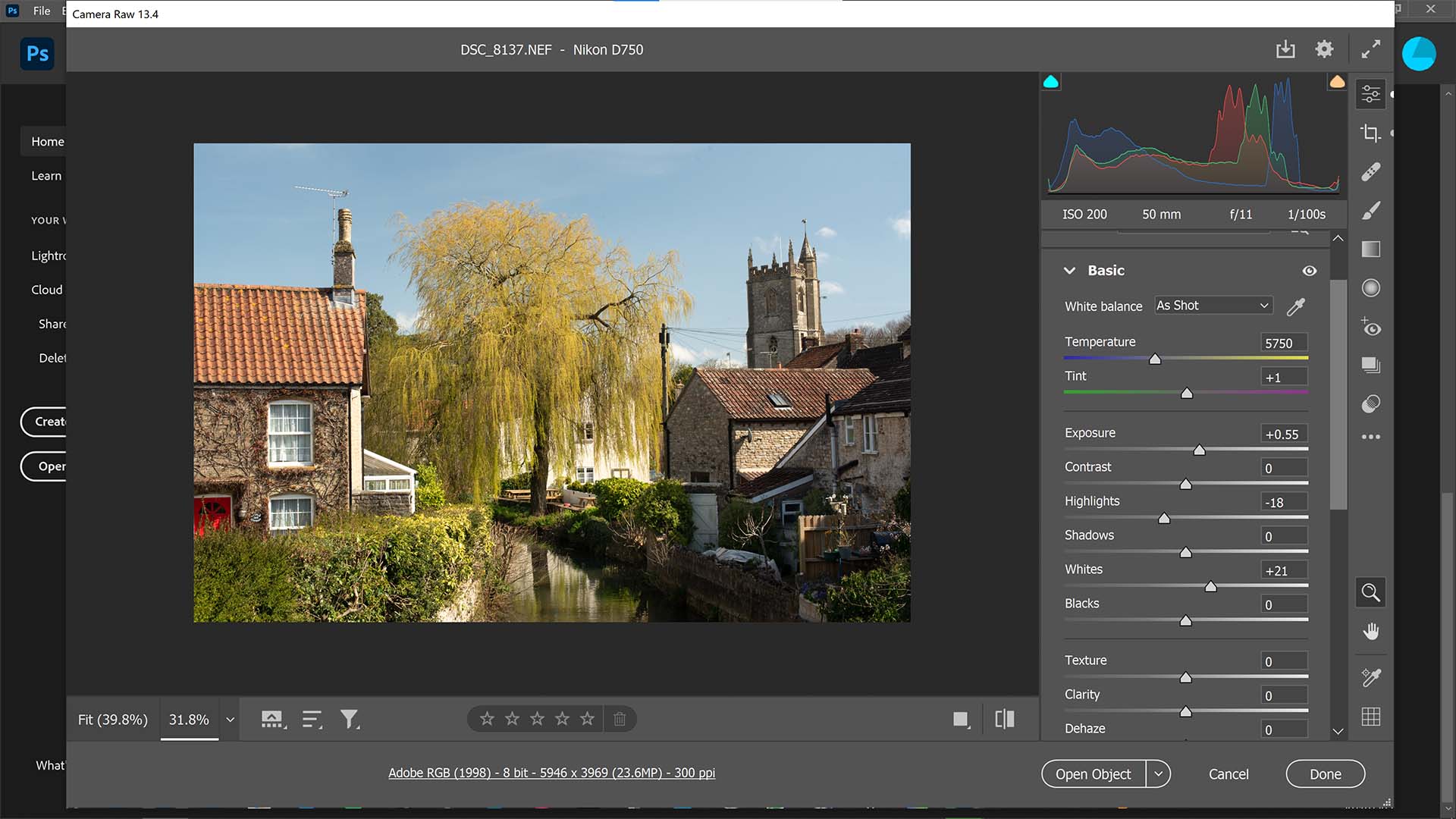
In Photoshop, raw files are also edited through Adobe Camera Raw. The ACR window pops up as soon as a raw file is brought into Photoshop and offers a wide range of tools with which to edit photos. Levels, curves, colour, and HSL sliders allow users to make powerful adjustments, where details are enhanced or removed through the texture, clarity, sharpening, and noise reduction. Healing, and adjustment brushes make selective, local edits possible, as do the graduated and radial filters. Remove red eye, save snapshots to revert to previous edit versions, or use presets to perfect images quickly. Photoshop also offers batch editing, with synchronisation options and users can rate or colour photos as well as filter by these as well.
Photoshop Elements also uses Adobe Camera Raw to edit raw files, but using a cut-down version with far less control. Swathes of features are missing when compared to Photoshop’s ACR. Tools that do remain are basic editing features such as levels, saturation/vibrance sliders, sharpening and noise reduction, and calibration.
It’s still possible to crop and rotate or remove red eye and you can even rate photos. However, lens corrections, saving snapshots, adjusting hue/saturation/luminance, and adding any kind of local adjustments with brushes or graduated filters can’t be done.
4. Guided edits and tutorial support

The Guided Edits tab in Photoshop Elements is a priceless feature, given that the software is aimed towards entry-level editing, where users may need a bit of extra help editing images. Pick from one of the example templates and PSE will guide you through each step in order to achieve the same result with your own images. It even breaks things down step-by-step and puts easy access to tools within those steps so you don’t have to go looking for them.
Unfortunately, Photoshop doesn’t contain guided edits, which isn’t surprising really, being aimed at professional photographers and image creatives. However, there are a good range of online tutorials by Adobe covering both beginner and experienced users which also pop-up on the main screen when Photoshop is first opened.
Photoshop vs Photoshop Elements: conclusions
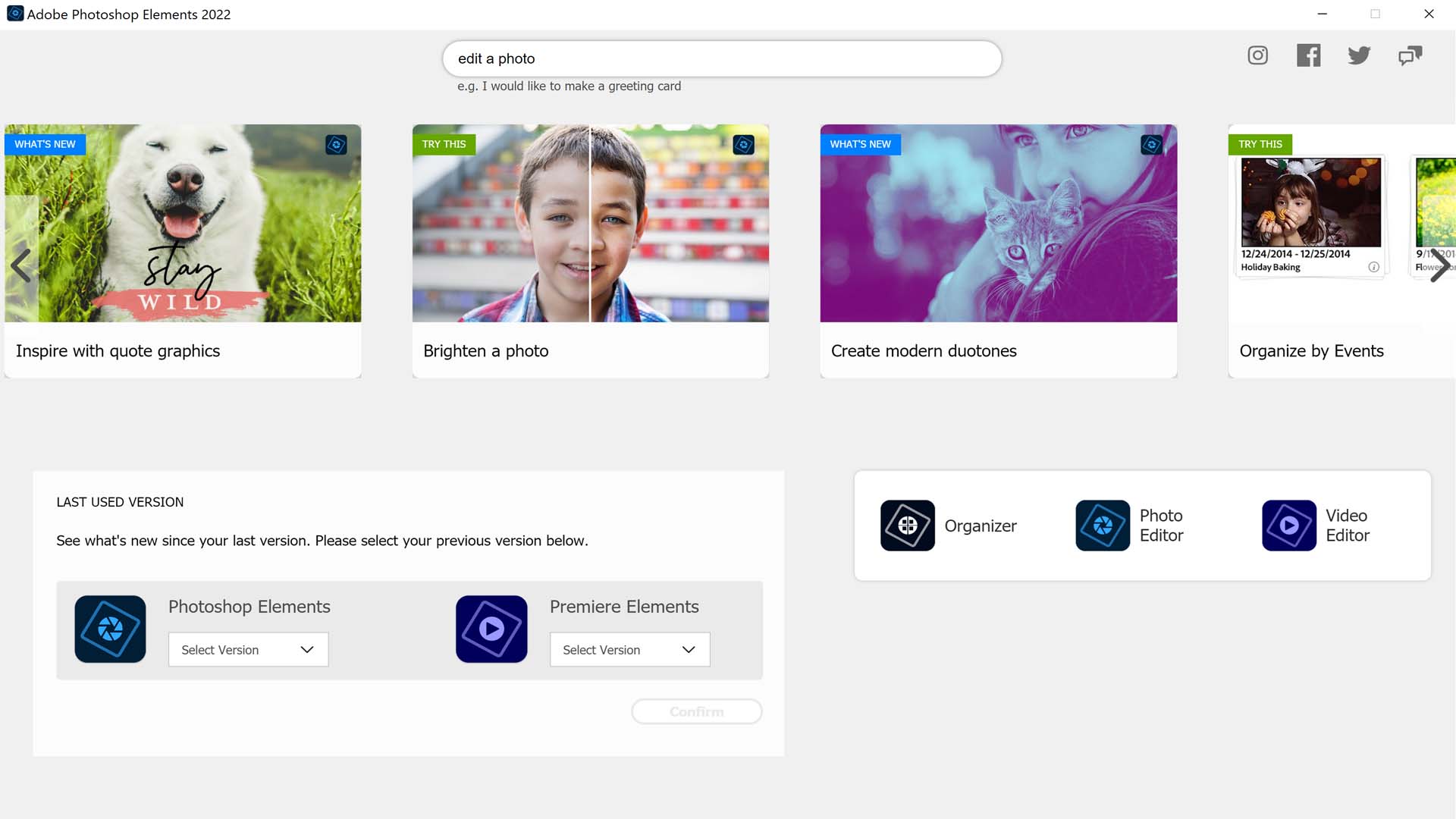
While anyone can use either Photoshop or Photoshop Elements, there is a purposeful gap between these two image editing programs. If you’re a beginner, are new to image editing in Photoshop or simply want to spend less time in front of the computer and more time shooting, then Photoshop Elements might be for you. It has lots of pre-made templates and a handy guided edit option to support you through the process but also includes high level features and tools with Quick and Expert edit modes, with Adobe Camera Raw built-in.
Photoshop, on the other hand, is definitely aimed at professionals and more experienced image editors. It’s an industry-standard software that is used by photographers, retouchers, artists, illustrators and many other creatives for high-end work. Beginners can, and should if they want to, get stuck in with Photoshop but there’s a steep learning curve for the uninitiated. However, the big pay-off is that the sky's the limit in terms of what you can create with powerful editing tools, layering options, and new Artificial Intelligence-powered Neural Filters.
Get the Digital Camera World Newsletter
The best camera deals, reviews, product advice, and unmissable photography news, direct to your inbox!
Jase Parnell-Brookes is an award-winning photographer, educator and writer based in the UK. They won the Gold Prize award in the Nikon Photo Contest 2018/19 and was named Digital Photographer of the Year in 2014. After completing their Masters Jase has spent a good chunk of two decades studying and working in photography and optics shooting and writing all over the world for big-name brands and media outlets. Now the Channel Editor for Cameras and Skywatching at Space.com their speciality is in low light optics and camera systems.
